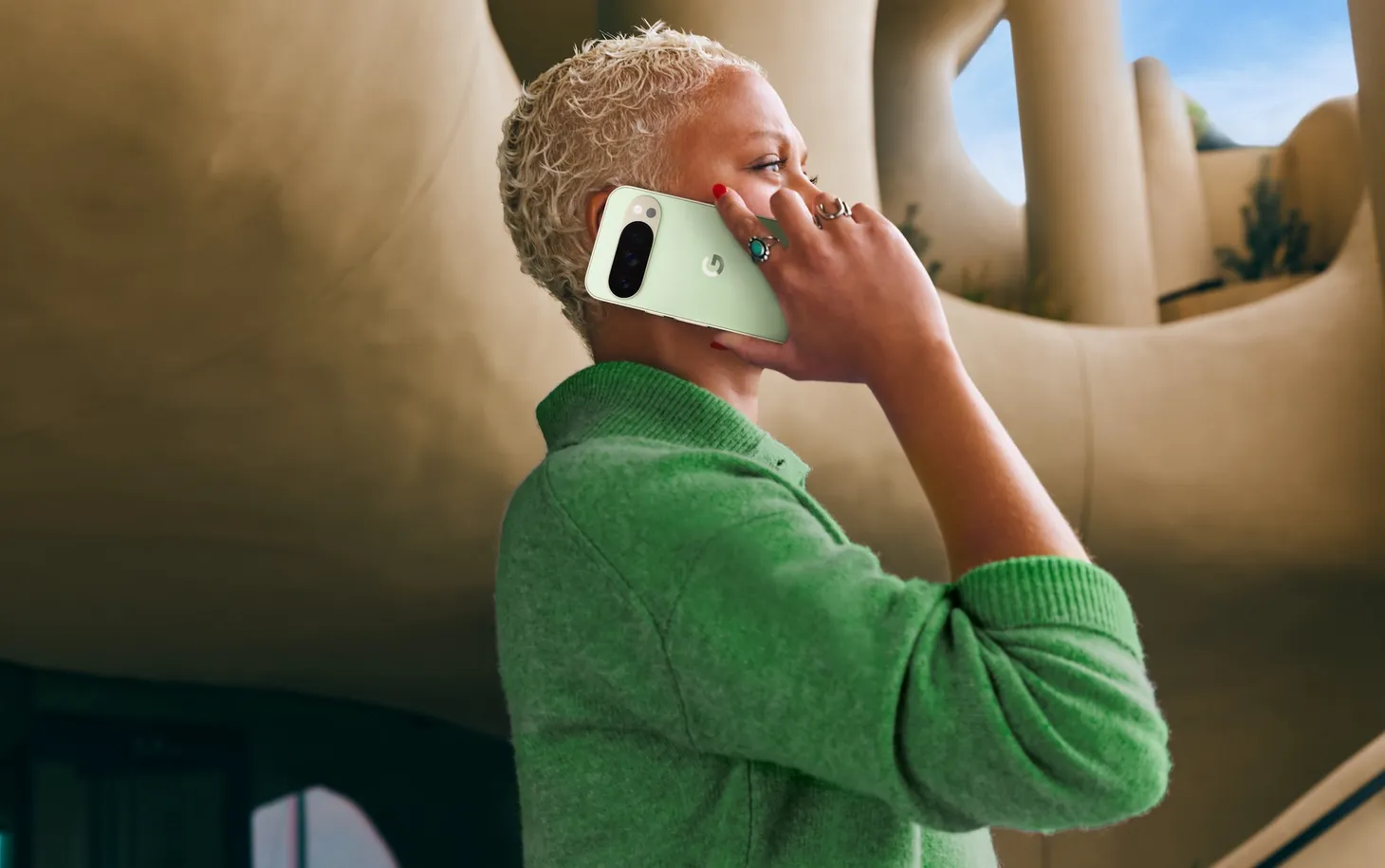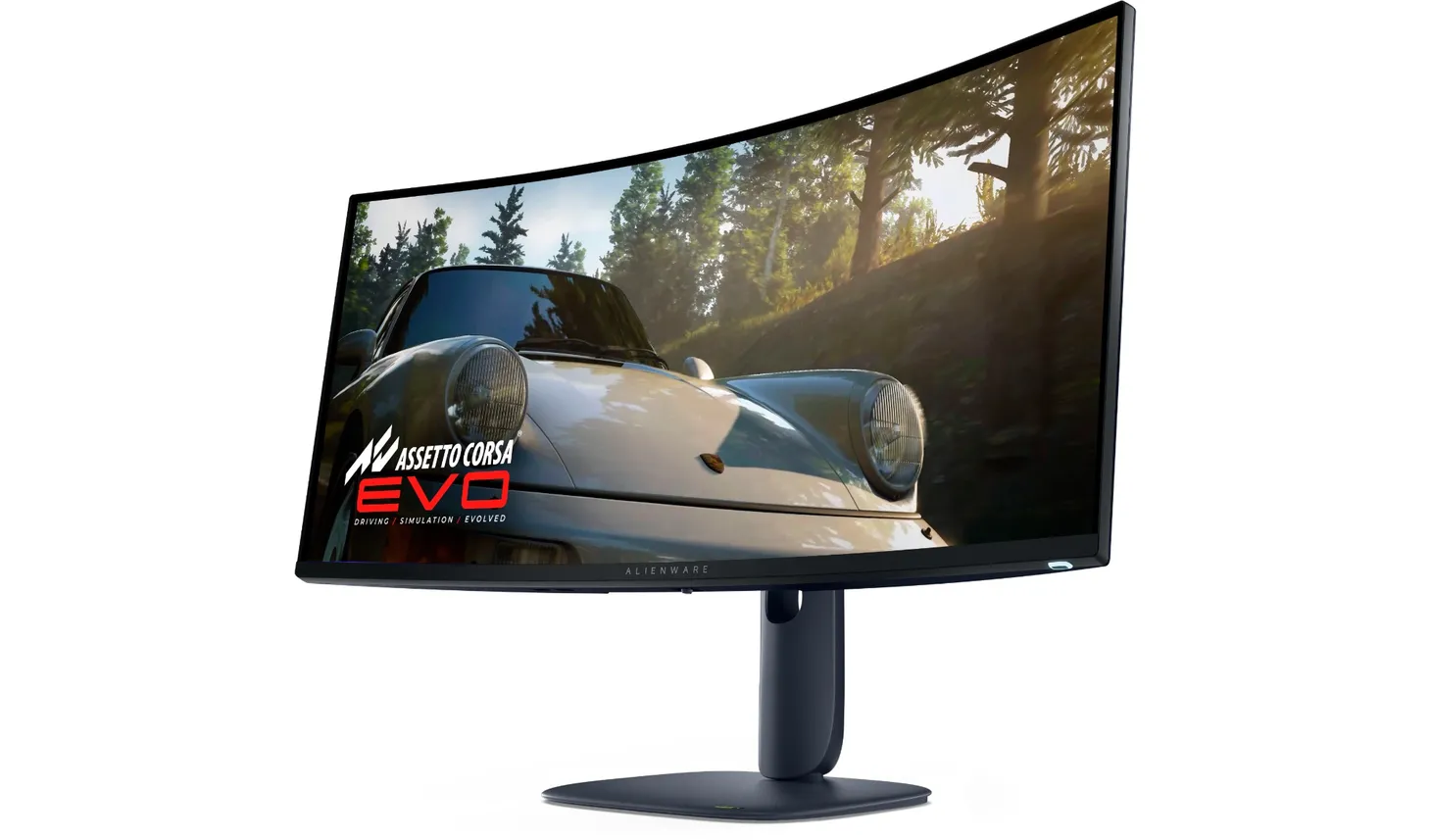Google Pixel 9 series: what a leap forward... but wait for the 10 if you can
Google has achieved 100% 'flagship' credentials with the Pixel 9 Pro and Pixel 9 Pro Fold. This is the place to spend your money on Android... but the missing feature that should arrive in 2025 is worth waiting for.
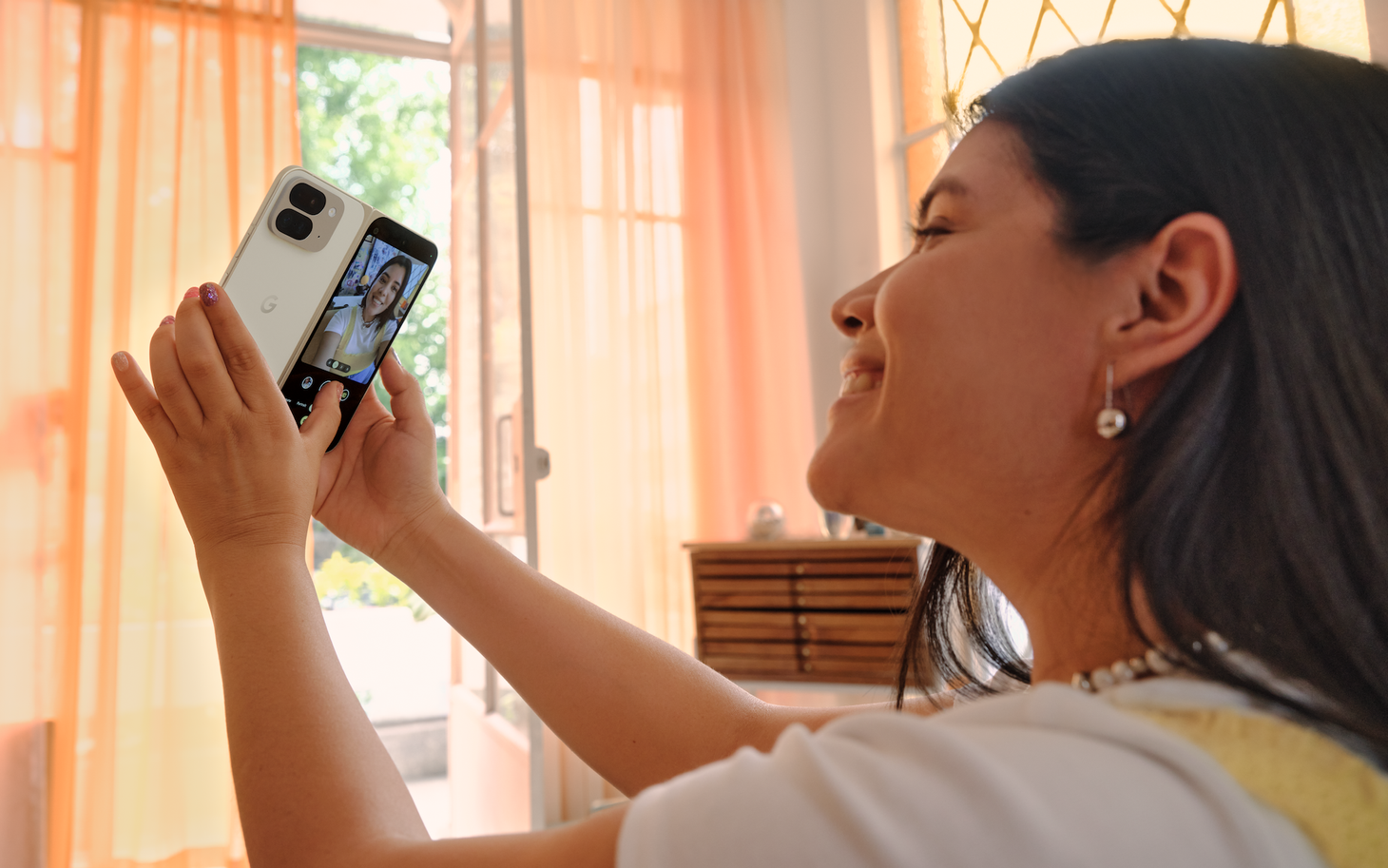
Google has been taking its Pixel hardware line up very seriously in recent years. In part, that is meant to sound a little dismissive of an earlier era when its 'house brand' handsets were a side project. But the problem was the mindset, not the hardware. In 2024, Google unified management of the Pixel hardware under the same team as the Android software project. The Pixel 9 series is our first taste of what this unified approach does for the hardware and the results are looking amazing.
Back in that earlier 'side project' era, some of the great Android phones came from the Nexus line. Google partnered with various Android makers to deliver strong but affordable devices that helped drive the market forward. I'd argue it was a great way to encourage hardware partners and consumers to explore what was possible in well designed handsets at a great price.
The Pixel line has progressively moved away from that heavily subsidised hardware approach and this year's prices are in line with last year (which was a 30% jump from the year before). All things Pixel are now firmly in the flagship handset domain, with hardware from the past two years delivering the sub-$1,000 options.
While the prices are steady, the experience is another leap forward. Google is firing on all its flops here and if not for one critical missing feature this would be a very high recommend. For my money, if you don't feel a necessity to upgrade right now I'm thinking the 10 series Pixel will be the ideal moment to go all in.
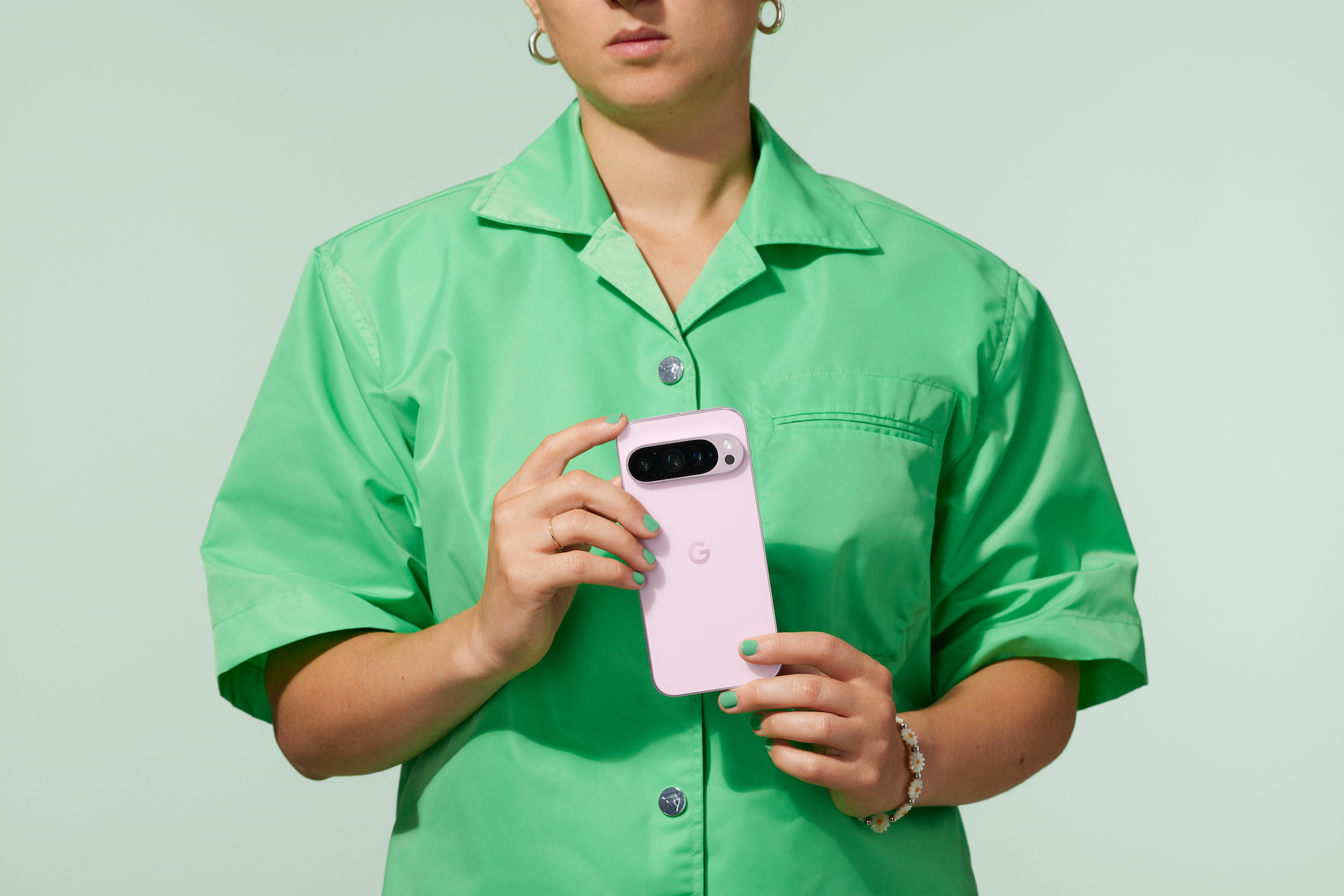
The Pixel 9 Pro: as slick as you could possibly want
The Pixel 9 Pro is as pure a flagship experience as anyone can ask for and can be found for under $1,500 now. The hardware is impeccable and that camera bar speaks to a massive (by phone standards) lens that proves out in the picture quality. The phone feels better in the hand than any previous Pixel phone and is absolutely on par with every flagship from Apple and Samsung. It's got that 'just right' feeling like never before. Committing to this hardware will never leave you feeling like you made a bad choice.
This is also a year when the smaller Pro and the Pro XL are simply a question of 'which size do I prefer?' You aren't missing out on anything by choosing the 6.3-inch Pro over the 6.8-inch Pro XL.
The Pixel 9 Pro Fold: gorgeous, clever, and versatile
The Pixel 9 Pro Fold is a remarkable device with a remarkable price tag ($2699), but after half a decade of foldable smartphones slowly iterating from 'fun but awkward' to where we are today this is a form factor that is ready for its close up. It's as powerful as all the other Pixel 9 Pro handsets and it works very nicely while closed but then offers a wealth of added power on that larger screen. I'm surprised and impressed by how many games are supporting this square screen mode. But not convinced they're the main reason anyone will want to spend the extra on one of these yet.
My personal folding screen desire is for the clamshell style options that make the phone far smaller than normal to slip into a pocket and then open to 'normal' smartphone size. But I can see good potential here with the big tablet mode mostly for sharing content in a business setting or looking for added productivity on the go. For most fun purposes I'm not sure.
I hear a lot of reports that people who get their Fold absolutely LOVE it. So if this feels like you, then take a good look in a store to feel it for yourself.

Performance
The Pixel 9 Pro series and the Pixel 9 Pro Fold are both built on Google's latest Tensor G4 chip, with a new internal design that improves the heat dissipation so it feels like it is a lot more comfortable when it's being pushed while playing games or sharing its Wi-Fi. It feels snappy and responsive and while I've read benchmarks that complain it's still behind other flagship devices the daily experience feels perfectly speedy to me.
Pixel series also offers seven years of OS updates and that really does make it a wonderful hand my down / hand me up phone that will see yourself or members of your family through to the end of the decade. Think about that. It's a really solid future proofing for a phone with a build quality that feels like it will happily last through its operating life span.
And software is a huge part of the story now. With AI becoming such a big sales pitch for how Google is adding value to the core Android experience, year over year updates will certainly keep refining what it means to have Gemini AI built into your smartphone. We'll dive into this more shortly, but Google is (no surprises) very bullish about what it can do for your life through its AI tools and this will only become a greater part of what their smartphones do in coming years.
Cameras
Before we get into the AI stuff a little more, we should start with the cameras because they feed into the AI as well. For a long time now AI has been a big feature of Google's approach to delivering high quality photography in a small smartphone package. Night Sight was a revelation in processing lowlight imagery back in 2018, which used a lot of AI to know what a scene should look like to build up the colour and clarity someone might expect.
Many cameras also use AI to overcome the limitations of mobile phone lenses and improve the resolution, colour, and exposure. That's true here too but it's important to see that Google is putting some very impressive lenses on the camera to give the sensor as much natural light as possible so they're starting from somewhere good before the AI ever needs to get involved. This is so important - we want to capture as much of what's really there as we can before we start leaning on AI to rewrite what we saw and what the lens could capture.
Now the Pixel camera has some very good enhancement capabilities that can push out the 5x telephoto lens comfortably to 10x without noticeable problems and then you can really go ham with Super Res Zoom to 30x. You can notice the softness when you start looking closely but it's a powerful option when you just need that bit extra range to capture a moment. Using a long zoom up to 20x is also possible with video, and the camera uses the space around where you've cropped into to smooth the movement and keep your video as stable as possible.
Then comes the shenanigans, with clever features like 'Add Me' to let you jump into a photo by taking two shots and combining them automatically, group photos where you can take a burst to get everyone's best smile, and Unblur to clean things up when there's been too much movement.
And there's Magic Editor, which completely changes what it means to take a photo of the actual world. You can adjust the framing of an image and let Pixel add realistic additional imagery into the frame to give you a better composition. You can also just click and move people in a photo to a better position if you'd prefer them to be standing or sitting (or whatever) somewhere else. You can remove objects from the scene just by circling them. And then you can flat out change anything to become anything else. Just ask Pixel to recreate anything in your images and it will casually do so.
What even is a picture anymore?? I kind of feel like this should come with a licensing system that prevents people from using it until they pass an ethics course...
Gemini
So there's a lot of AI in the camera now, but Gemini is also now all over your phone ready to do things at any time you want it to. If you're all in with Google for your email, calendar, contacts, photos, maps, and whatever else, Gemini can be very granular in how it can offer utility to your life through your Pixel.
To start with an additional camera feature, you can now quickly perform visual searches of anything you see in an image. This is part of the multimodal aspect of Gemini AI, going beyond text to identify content of images to make it available for AI insights. So maybe you want to find more info on something you see at a store, or you want recipe ideas after you snap a photo of the pantry or fridge.
But then you can start asking for summaries of important emails you've received recently, or ask for search references, or restaurant suggestions. And you can do it conversationally - which works particularly well wearing Pixel Buds Pro 2 for quick hands-free chit chat with your AI buddy. Your history of AI queries and searches can also all be stored so you don't have to remember that passing thought you had and the answer Gemini found for you.
So the above is the general pitch and the reality is that most people might not get that into using these features. It can be hit and miss, especially the summaries, but it's also evolving quickly. The search queries and conversational aspects feel good when you explore them, but it'll probably take a while to get comfortable talking to yourself in public in the same way that wearing earbuds to take phone calls felt weird for a long time too.
This is generation one technology, but as mentioned above you will get seven years of Android updates that will keep these features growing with you over coming years. But if you are a little unsure, and you want to reserve judgment, then why not wait one more year? If you don't really need it now, there's a very good reason why the Pixel 10 series is likely to be the ideal phone for the next five years of evolution.
Qi 2 is the magic worth waiting for
Earlier this year, Samsung released its 2024 phones and it felt unfortunate but understandable that they didn't quite get the Qi 2 charging standard integrated before launch. But then when the Google Pixel range launched after mid year we saw the same thing. No Qi 2. And that is a real shame.
For the uninitiated, Qi 2 is the magnetic wireless charging standard - first appearing in iPhones as 'MagSafe' and now an open standard as the second generation of Qi. Because iPhone led the way it means there are already a bunch of accessory makers who are ready to serve all Qi 2 phones with clever capabilities. Better magnetic car mounts. Desk stands. Wireless charging pads that align correctly so you know they're charging. It works great and it has a solid ecosystem right now.
I don't doubt many people see this as a relatively minor new feature, but I disagree. MagSafe has made my daily experience with an iPhone much smoother and nicer. Especially using the Cygnett MagDesk 2-in-1 and another Qi 2 charger in my bedroom at night. Plus a Belkin magnetic mount in our older car for GPS while driving. Once you have it, you don't want to go back.
And that's why I think it's a good feature to wait for if you're not desperately in need of a phone update. In 2025 it will be everywhere in the Android ecosystem and it's just such a nice quality of life addition for daily usage.
Integration is a powerful multiplier
Great photography. Excellent hardware. A pinch of AI. All becoming table stakes for any flagship device in 2024. So what's the differentiator? The ecosystem you're buying into. And for Android, I really think Google is building the most powerful ecosystem play on the market. The device range is now excellent and the services layer is everything people love about Google.
The head start Google gave up to OpenAI has closed and with the Pixel range you get an excellent integration of AI alongside all the wider Google services you want from a Pixel phone.
Google now offers Pixel series phones, Pixel Tablet (and its excellent desk stand), Pixel Watch 3, Pixel Buds Pro 2, the new Google TV Streamer 4K, and the Nest range of smart home speakers, smoke alarms, cameras and doorbells. Smart home devices are getting a lot better at working together thanks to Threads and Matter technology standards, but it's a great time to feel confident being 'all in' with Google technologies.
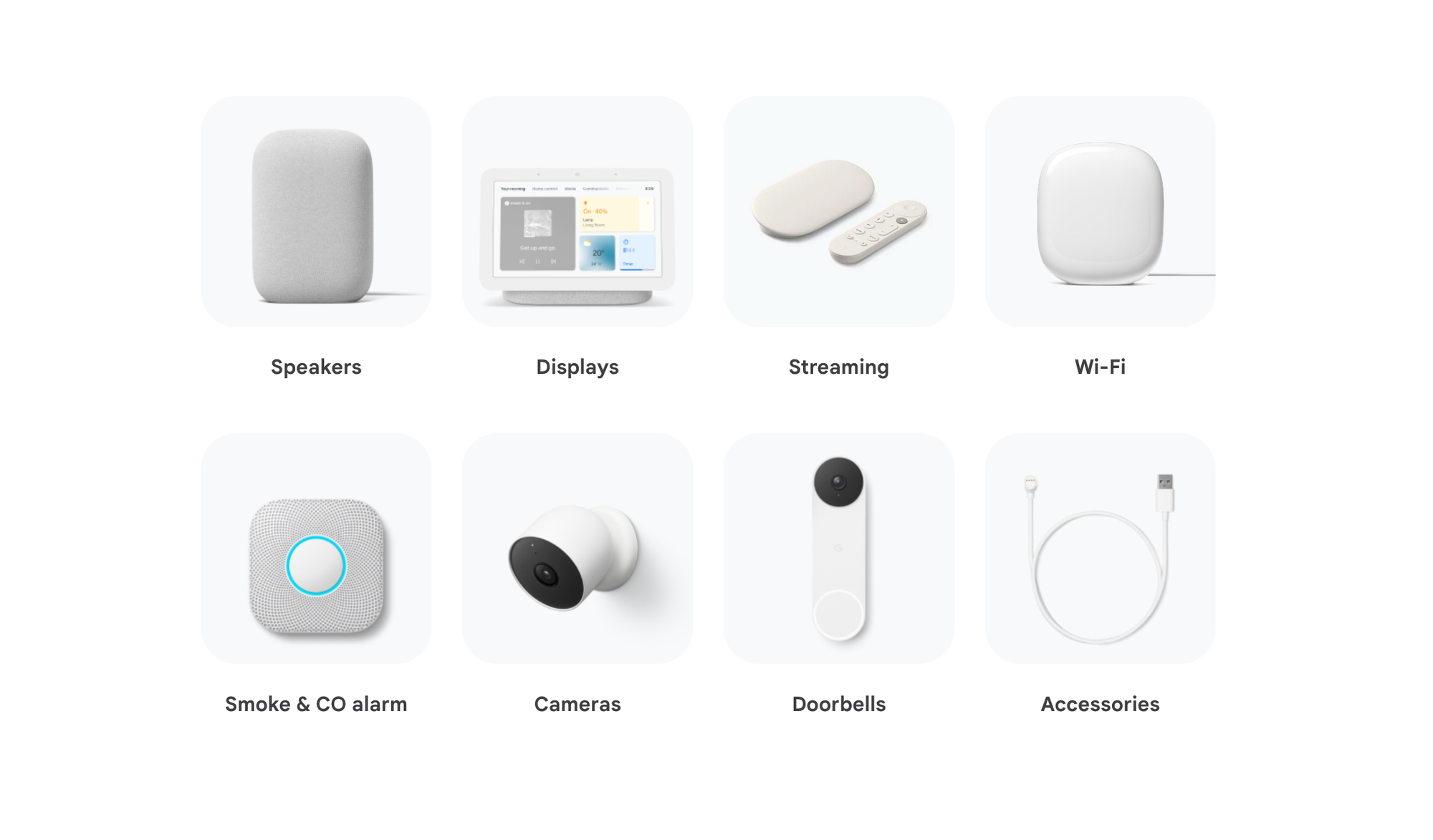
This year while testing Pixel, I've really worked on testing whether all the apps I care about from iOS are now easily replaceable on Android. And that really is the case. The only apps that are not are the Apple ecosystem options that you would swap out for Google options if you were making the full switch.
The camera and the deep ecosystem integrations are the only true differentiators remaining in smartphones today. Google has an incredibly strong pitch here that they are offering the right choice for Android users thanks to the Pixel 9 series devices hitting full stride this year. My only caveat is Qi 2. I love what Qi 2 does for quality of life and I think anyone who can wait should wait for the 10 series in 2025. But if you must move now, Google Pixel 9 series is the right place to spend your money.
Byteside Newsletter
Join the newsletter to receive the latest updates in your inbox.


